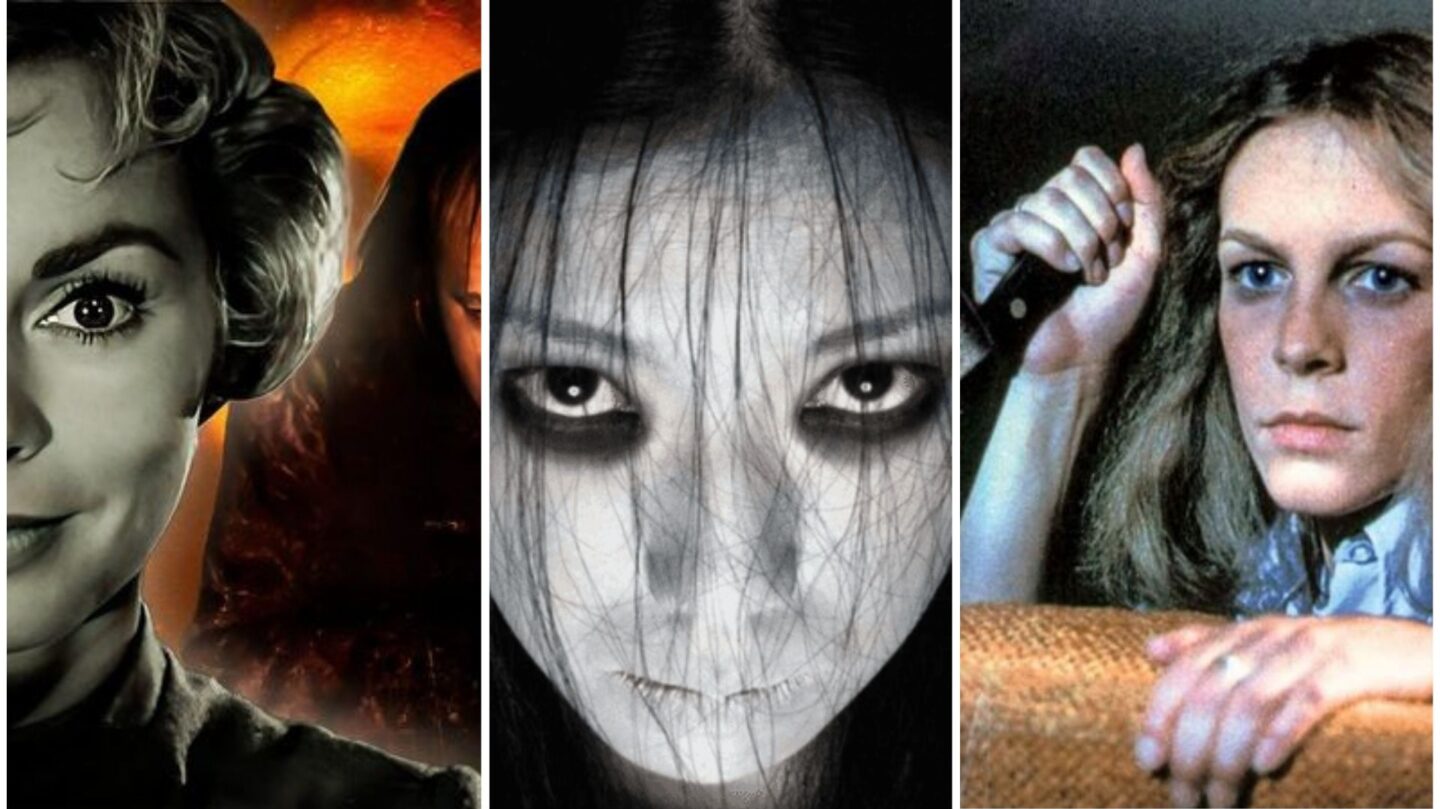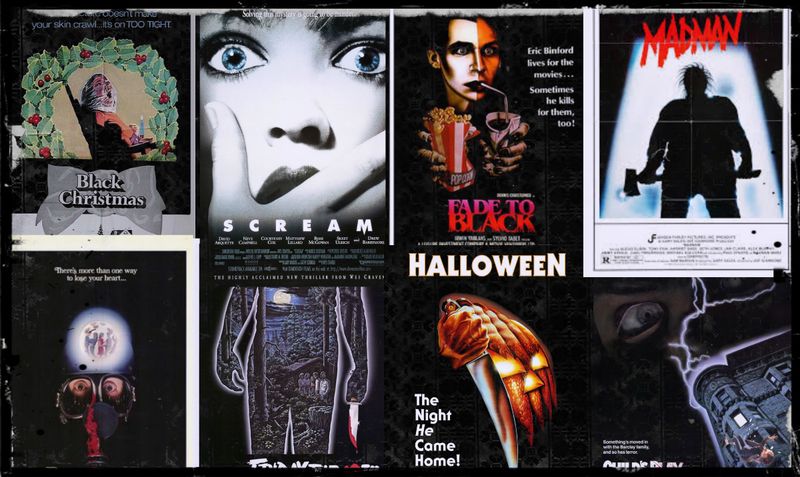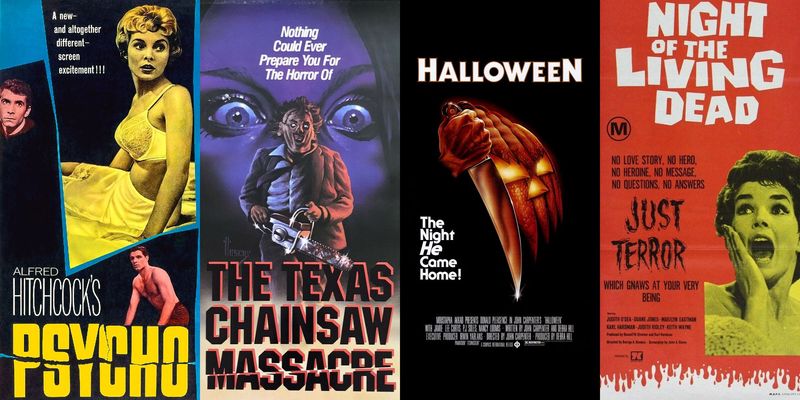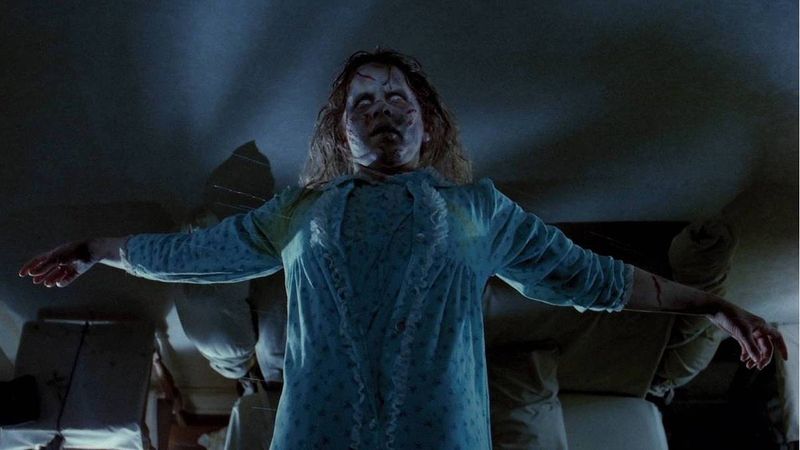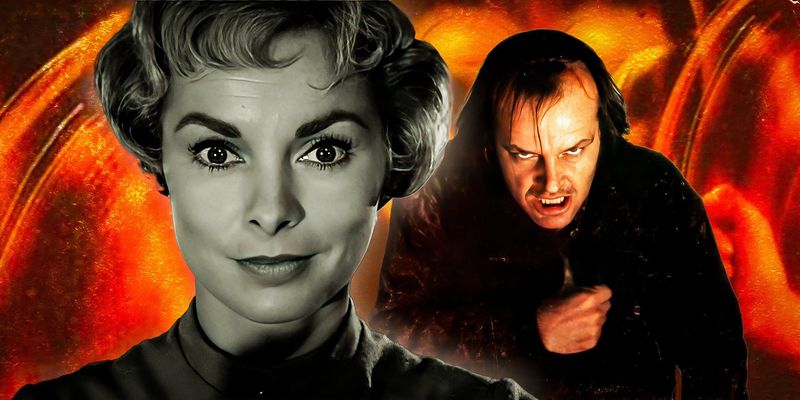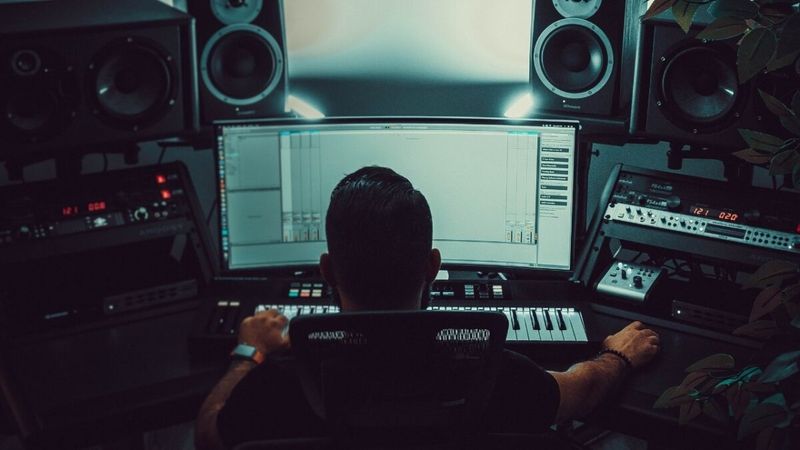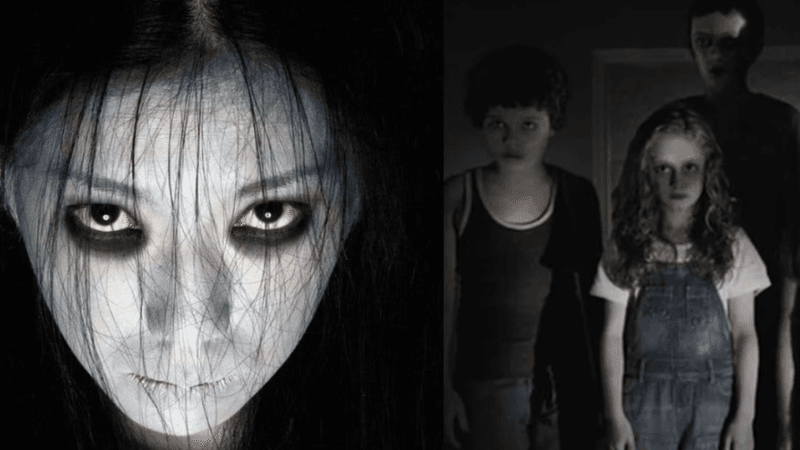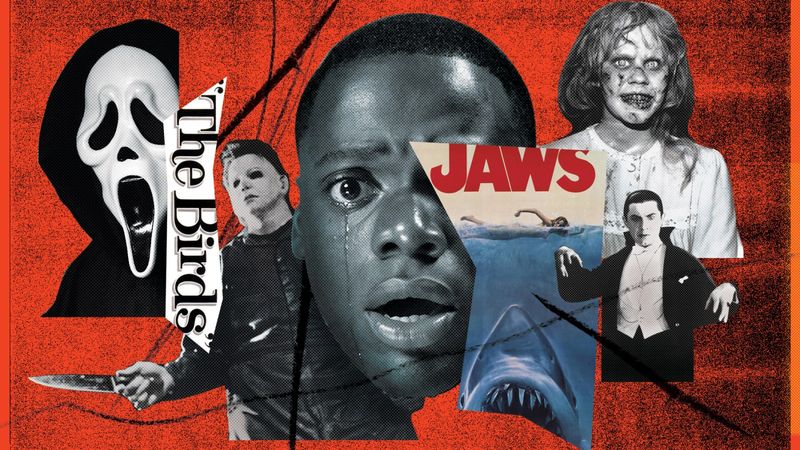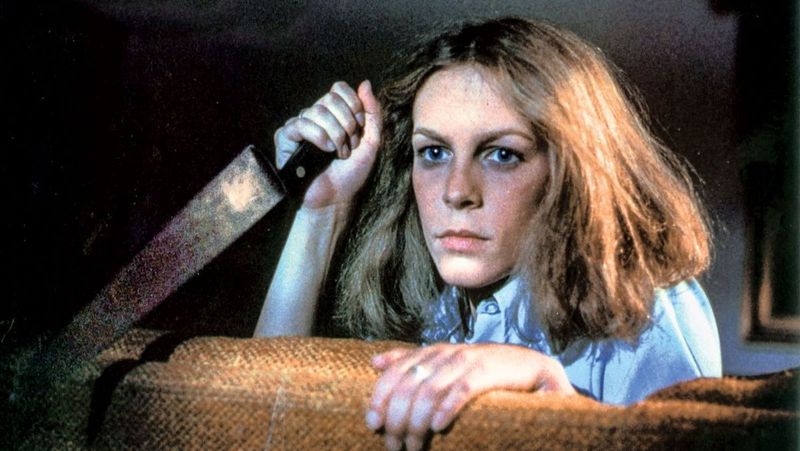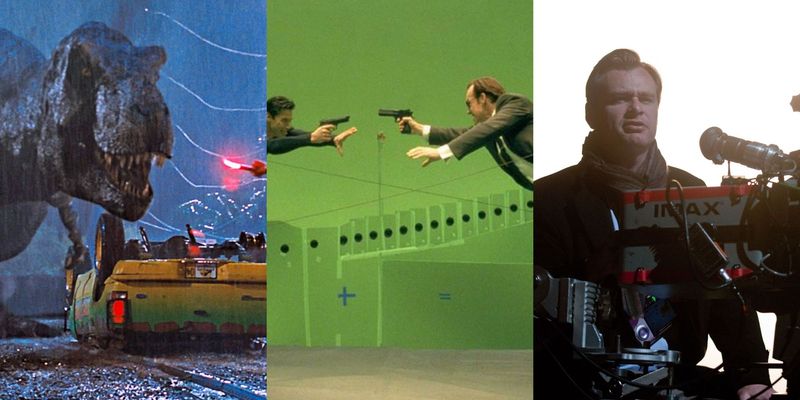Horror films have undergone significant transformations since the 1980s, reflecting changes in technology, culture, and audience expectations. From advances in special effects to new narrative techniques, the genre has evolved to both frighten and engage modern viewers. This blog post explores nine key ways in which horror films have changed, providing insights into the evolution of terror on screen.
Special Effects Revolution
The transition from practical effects to CGI has revolutionized horror films. In the 1980s, filmmakers relied heavily on physical props, prosthetics, and animatronics to create monsters and gore. These tangible effects, though sometimes limited by technology, provided a visceral experience.
Today, CGI offers limitless possibilities, allowing creators to conjure terrifying creatures and scenarios with striking realism. This advancement has enabled filmmakers to push the boundaries of horror, crafting scenes that were once thought impossible.
While some purists miss the charm of practical effects, the digital age has undeniably expanded the genre’s creative potential.
Diverse Storytelling Approaches
Horror storytelling has become more diverse since the 1980s, with a broader array of voices contributing to the genre. Back then, the typical narrative often followed a predictable formula, focusing on familiar themes and character archetypes.
Today, filmmakers from various backgrounds are bringing fresh perspectives and experiences to horror, challenging conventions and exploring new themes. This shift has led to more inclusive stories that resonate with a wider audience.
By incorporating diverse stories and characters, modern horror reflects a richer tapestry of human experience, making it more relatable and impactful.
Subversive Themes and Social Commentary
Modern horror films often serve as a mirror to society, using subversive themes and social commentary to engage audiences. While horror has always touched on societal fears, the 1980s often focused more on entertainment than message.
Today, filmmakers use horror to critique social issues like racism, gender roles, and environmental concerns, weaving these themes into their narratives. This approach not only adds depth to the genre but also invites viewers to reflect on important issues.
By blending scares with substance, modern horror has become a powerful tool for social commentary.
Psychological Horror Emergence
The emergence of psychological horror marks a significant shift from the gore and slasher films of the 1980s. Back then, horror often relied on physical threats and explicit violence to scare audiences.
In contrast, modern psychological horror delves into the mind, exploring fear through suspense, atmosphere, and character development. This approach creates a more intense and cerebral experience, allowing viewers to engage with the story on a deeper level.
By focusing on psychological elements, filmmakers can create lasting terror that lingers long after the credits roll.
Innovative Sound Design
Sound design has become a crucial component of horror films, evolving significantly since the 1980s. Back then, soundtracks primarily focused on music scores and basic sound effects to enhance tension.
Today, the use of sophisticated sound design techniques allows filmmakers to manipulate audio in innovative ways, creating immersive and unsettling experiences. From binaural audio to dynamic soundscapes, sound design enhances horror by amplifying suspense and guiding viewer emotions.
This evolution in auditory storytelling has made sound an integral part of the horror experience, elevating the genre’s ability to frighten and engage.
Rise of International Influence
The globalization of the horror genre is a notable change since the 1980s, when American horror dominated the scene. In recent years, international horror films have gained traction, influencing storytelling and style.
Films from countries like Japan, South Korea, and Spain have introduced distinct cultural elements and narratives, enriching the genre. These international influences have led to more innovative and diverse horror films.
By embracing global perspectives, the horror genre has become a melting pot of ideas, offering audiences unique and fresh experiences that transcend cultural boundaries.
Streaming Services Impact
Streaming services have dramatically changed how audiences access horror films since the 1980s. Back then, viewers relied on theaters or VHS rentals for their horror fix.
Today, platforms like Netflix, Hulu, and Shudder provide vast libraries of horror content, available at the click of a button. This accessibility has allowed niche and indie films to reach broader audiences, expanding the genre’s fan base.
By offering diverse options and instant access, streaming services have reshaped the horror landscape, making it more convenient and inclusive for viewers worldwide.
Evolving Gender Roles
Gender roles in horror films have evolved significantly since the 1980s. During that era, female characters often fit into stereotypical roles, such as the “damsel in distress” or the “final girl.”
Contemporary horror films feature strong, multidimensional female protagonists who challenge these outdated tropes. These characters are empowered, driving the narrative rather than merely reacting to it.
This evolution reflects broader societal changes towards gender equality and has allowed horror to explore more complex and nuanced stories, appealing to modern audiences seeking representation and authenticity.
Technological Advancements in Filmmaking
Technological advancements have transformed horror filmmaking since the 1980s. In that era, filmmakers relied on analog equipment and traditional methods, which often limited creativity.
Today, digital cameras, drones, and editing software have revolutionized how horror films are made, providing filmmakers with new tools to tell their stories. These advancements have democratized filmmaking, allowing for more innovative and visually stunning films.
The accessibility of modern technology has empowered a new generation of filmmakers to push the boundaries of horror, creating experiences that captivate and terrify audiences worldwide.
